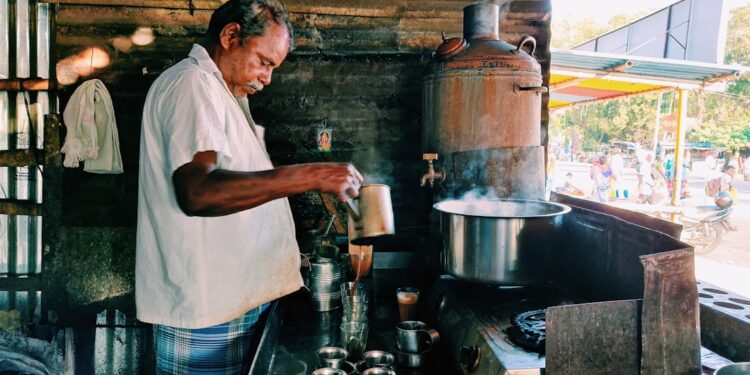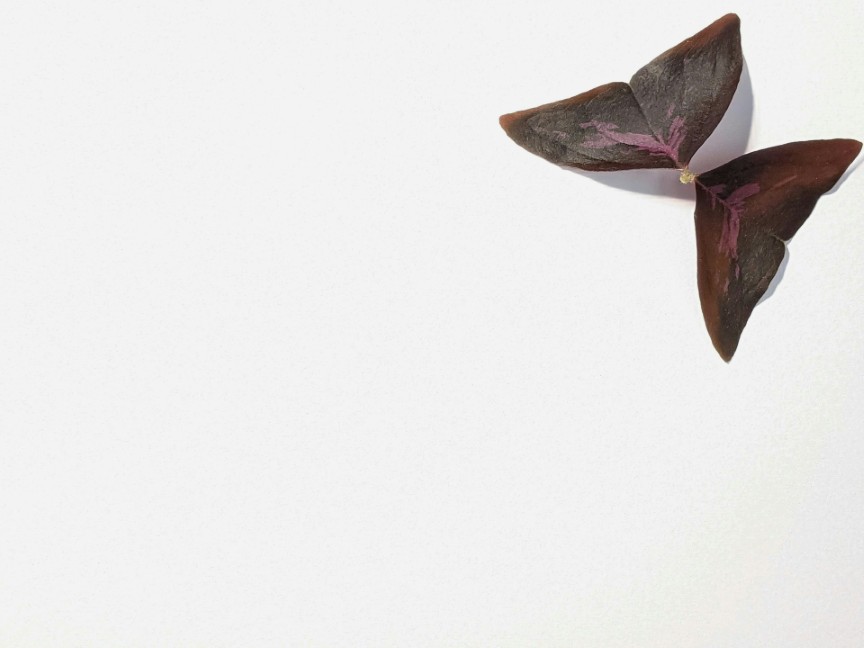Charcuterie boards have become a popular trend in recent years, and it’s not hard to see why. These elegant and versatile spreads are perfect for entertaining guests, whether you’re hosting a formal dinner party or a casual get-together. But building the ultimate charcuterie board can be a daunting task. With so many options to choose from, it can be overwhelming to decide what to include and how to arrange it all.
But don’t worry, I’m here to help. In this post, I’ll walk you through the process of building the ultimate charcuterie board step by step. From selecting the best meats and cheeses to choosing the perfect accompaniments, I’ll give you all the tips and tricks you need to create a show-stopping spread that will impress your guests and have them coming back for more.
1. Start with the basics: Before you start assembling your charcuterie board, it’s important to gather all the necessary supplies. You’ll need a large cutting board or serving platter, some small bowls or ramekins for dips and spreads, and a variety of knives for cutting the meats and cheeses. You’ll also need some serving utensils, such as small forks and spoons, to make it easier for your guests to pick up the food.
2. Choose your meats: The key to a successful charcuterie board is variety. Aim to include a mix of different flavors and textures to keep things interesting. Some classic options to consider include prosciutto, salami, and chorizo. You can also add some more unusual choices, such as duck breast or venison. Experiment with different types of cured meats to see what you like best.
3. Select your cheeses: Just like with the meats, it’s important to have a good mix of cheeses on your charcuterie board. Try to include a variety of flavors and textures, such as soft cheeses like brie or camembert, hard cheeses like aged cheddar or parmesan, and blue cheeses like gorgonzola or stilton. You can also throw in some more exotic options, such as goat cheese or smoked cheese, to add a unique twist to your board.
4. Add some accompaniments: Once you’ve selected your meats and cheeses, it’s time to think about what else to include on your charcuterie board. A good rule of thumb is to include a mix of sweet, salty, and tangy accompaniments to complement the flavors of the meats and cheeses. Some popular options include olives, pickles, nuts, dried fruits, and honey. You can also add some fresh fruits, such as grapes or figs, for a burst of color and freshness.
5. Arrange your board: Now that you have all your ingredients, it’s time to start arranging them on your board. Start by placing your meats and cheeses in different sections of the board, making sure to leave enough space between each item so they don’t get mixed together. Use small bowls or ramekins to hold dips and spreads, and scatter the accompaniments around the board to fill in the gaps. Don’t be afraid to get creative with your arrangement – the more visually appealing your board looks, the more appetizing it will be to your guests.
6. Don’t forget the bread: No charcuterie board is complete without some good bread to accompany the meats and cheeses. Choose a mix of different types of bread, such as baguette, crackers, and breadsticks, to provide your guests with a variety of options. You can also add some toasted nuts or crostini for added crunch and texture.
7. Add some finishing touches: Once you’ve assembled your charcuterie board, it’s time to add some final touches to make it really stand out. Consider garnishing your board with some fresh herbs, such as basil or thyme, to add a pop of color and freshness. You can also drizzle some honey or balsamic glaze over the cheeses for a touch of sweetness. And don’t forget to provide some small plates and napkins for your guests to use – after all, charcuterie can be a messy business!
8. Serve and enjoy: Once you’ve put the finishing touches on your charcuterie board, it’s time to serve it to your guests and enjoy all your hard work. Encourage your guests to try a little bit of everything on the board and experiment with different flavor combinations. Charcuterie boards are meant to be shared, so sit back, relax, and enjoy the company of your friends and family as you nibble away on your delicious spread.
In conclusion, building the ultimate charcuterie board doesn’t have to be difficult. With a little bit of planning and creativity, you can create a beautiful and delicious spread that will impress your guests and make your next gathering a memorable one. So gather your supplies, choose your meats and cheeses, and get creative with your arrangement – your guests will thank you for it!














